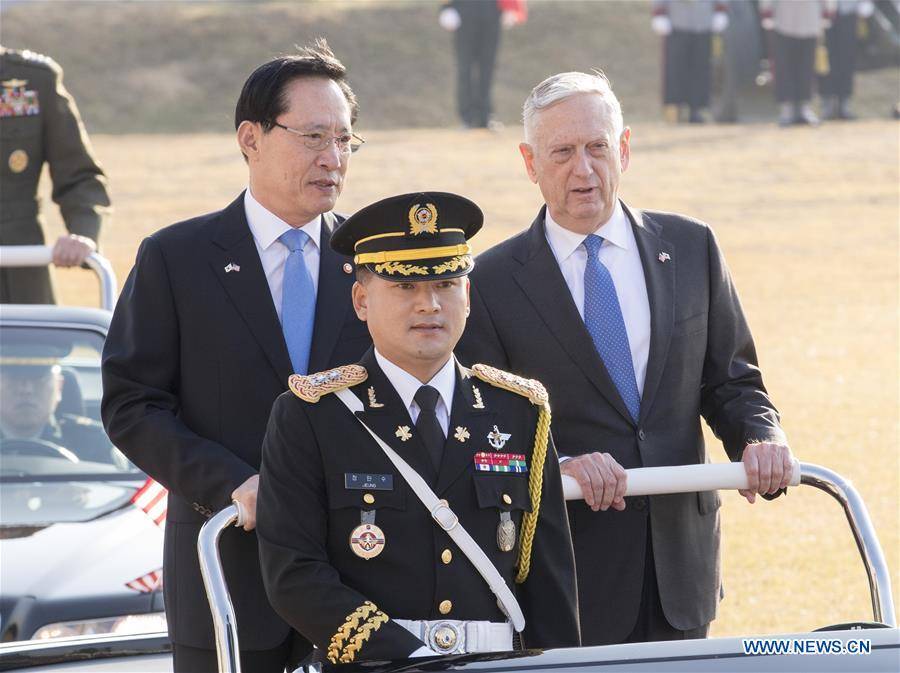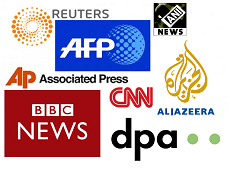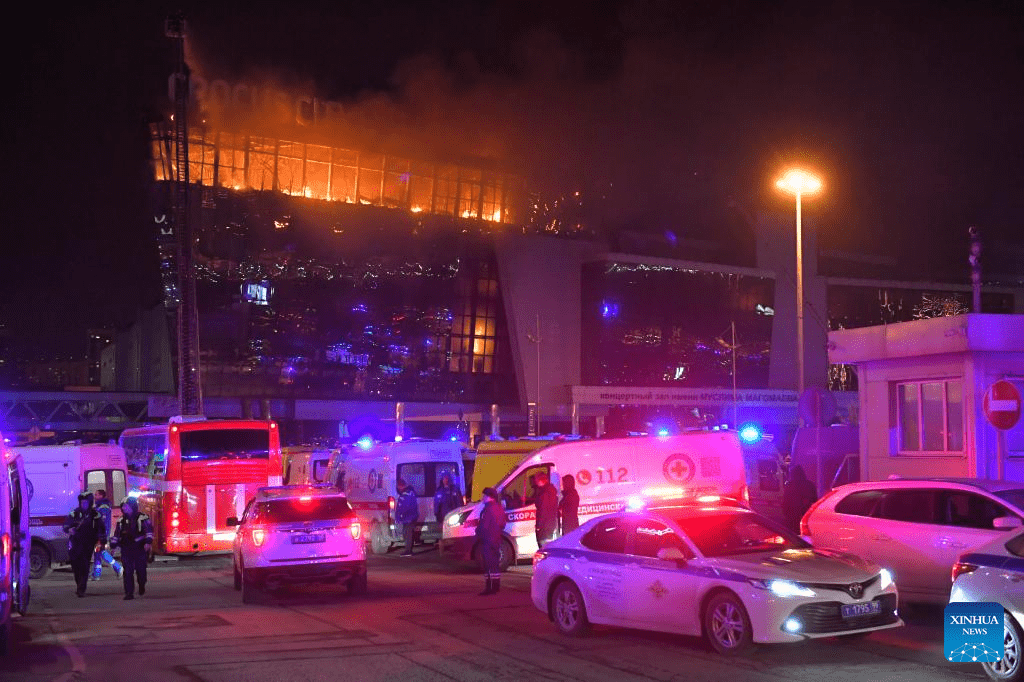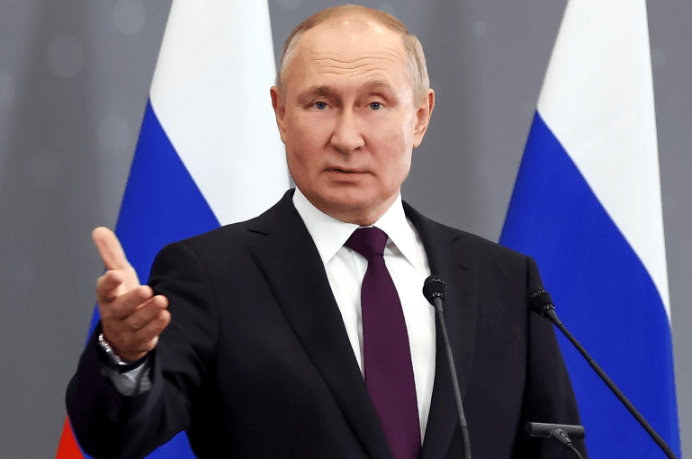S.Korea, U.S. agree to expand rotational deployment of U.S. strategic military assets

SEOUL (Xinhua) - Defense chiefs of South Korea and the United States agreed Saturday to expand rotational deployment of U.S. strategic military assets to the Korean Peninsula to counter the Democratic People's Republic of Korea (DPRK)'s threats.
South Korean Defense Minister Song Young-moo and U.S. Secretary of Defense James Mattis held the 49th Security Consultative Meeting (SCM), an annual security dialogue between the defense ministers of the two allies, in Seoul.
Minister Song told a press conference after the meeting that they agreed to expand the rotational deployment of U.S. strategic assets to enhance the U.S. commitment to an extended deterrence while agreeing to strengthen cooperation on other deterrence measures.
The U.S. strategic military assets include nuclear-powered aircraft carriers, nuclear-capable attack submarines, stealth fighter jets and strategic bombers, which the U.S. military recently sent near the peninsula more frequently.
According to the 18-point joint statement, the two allies agreed not to tolerate any type of the DPRK provocations, promising to maintain a close cooperation to effectively counter any provocation.
Mattis said in the statement that any use of nuclear weapons will be met with effective and overwhelming military response, re-confirming the U.S. offer of all categories of military capability, including nuclear umbrella, conventional striking capability and missile defense capability, for extended deterrence in South Korea.
The agreement came amid heightened tensions on the Korean Peninsula, caused by the DPRK's nuclear detonation and ballistic missile launches.
China has proposed realizing denuclearization on the Korean Peninsula while establishing a peace mechanism, calling for the DPRK suspends its nuclear and missile activities in exchange for the suspension of large-scale U.S.-South Korea military exercises.
Pyongyang conducted its sixth and most powerful nuclear test in early September, detonating what it claimed was a hydrogen bomb that can be loaded onto an intercontinental ballistic missile (ICBM). The Asian country test-fired two ballistic missiles with an intercontinental capability in July. No provocation has been conducted since the DPRK flew an intermediate-range ballistic missile (IRBM) over Japan on Sept. 15.
The joint statement said the two ministers expressed support for diplomatic efforts to make the DPRK denuclearized and stop provocations.
Asked about the claim to re-deploy U.S. tactical nuclear weapons to South Korea, Mattis said he was negative about the re-deployment as the international community was going toward the denuclearization.
The South Korean defense chief also said the re-deployment will not meet national interests of South Korea. The U.S. tactical nuclear weapons, which had been possessed by the U.S. Forces Korea (USFK), were withdrawn from South Korea in 1991.
Meanwhile, the two defense chiefs agreed to make concerted efforts to rapidly make possible the conditions-based transfer of wartime operational control of South Korean troops from Washington to Seoul. South Korea handed over its operational command to the U.S. forces after the three-year Korean War broke out in 1950. The country won back its peacetime operational control in 1994.










Leave Comment